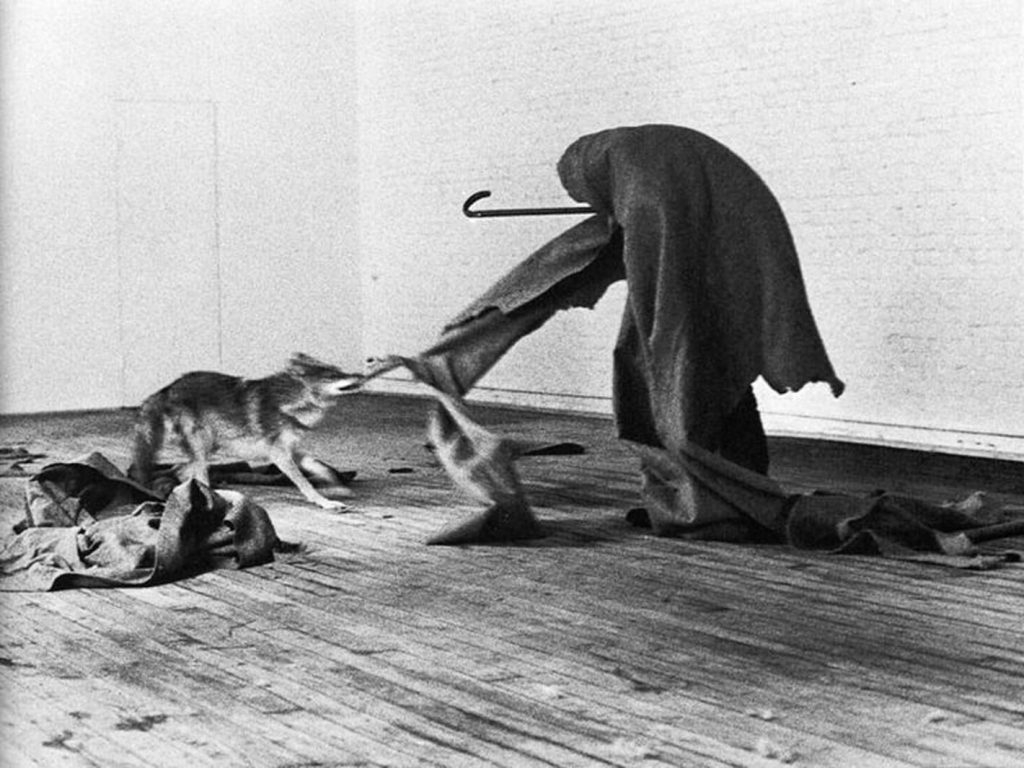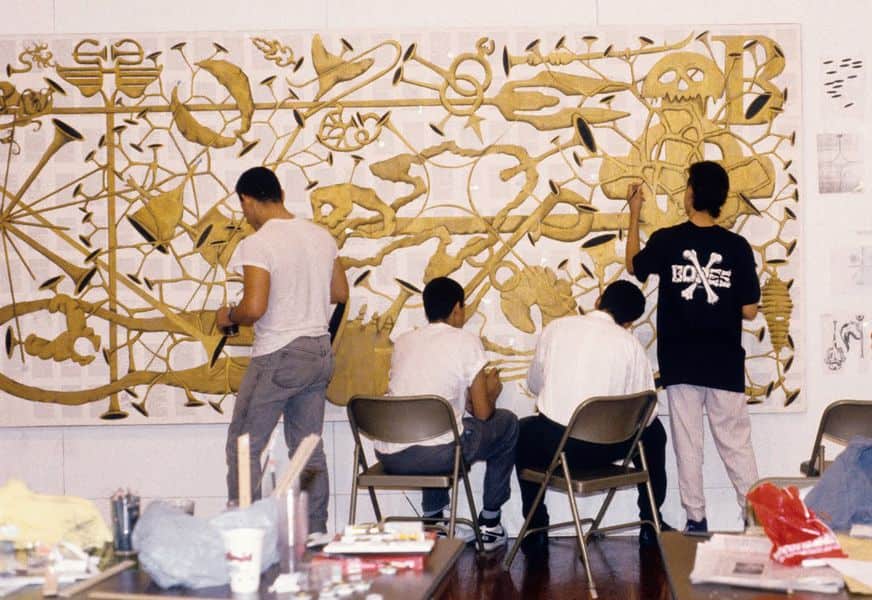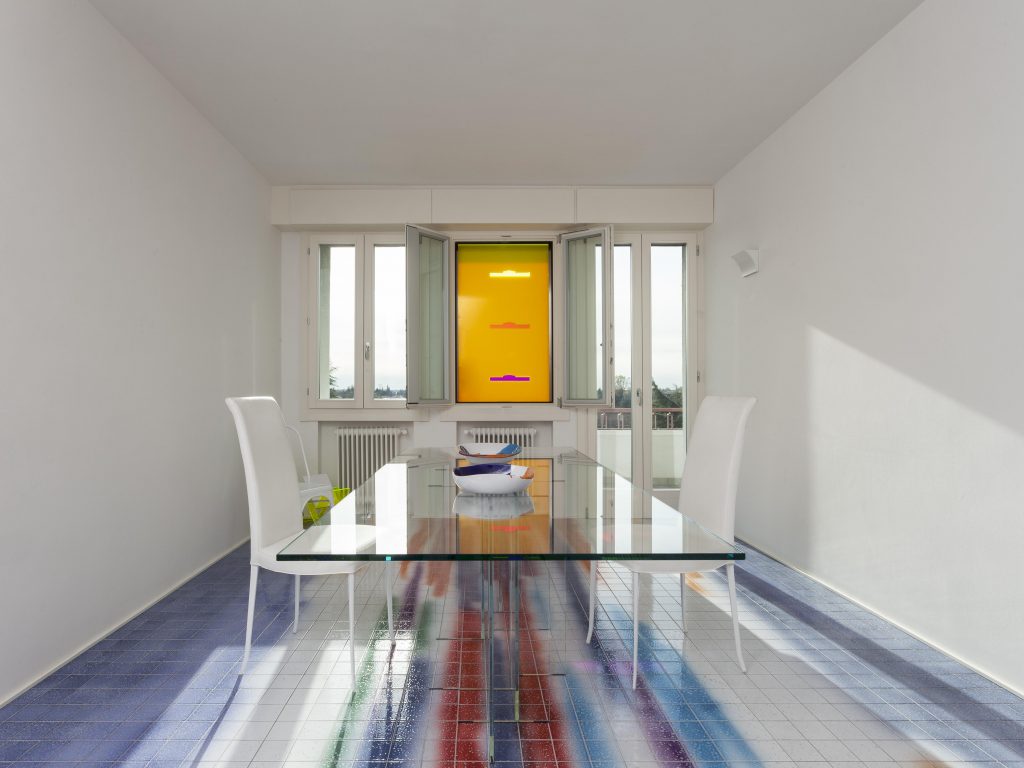In December 2019 a dialogue between the French writer Édouard Louis and the English filmmaker Ken Loach took place during the Studio-B Unscripted broadcast, in which the two authors answered questions from the audience and called into question the future of art at the time of the crisis of the left. This April, in the series Des mots directed by Édouard Louis, the French translation was published.
The question of the relationship between aesthetics and politics certainly cannot be developed in just about 70 pages. So what does this book deal with? First of all, it shows that the speaker is always somehow situated, and therefore the personal gaze plays a central role. And in fact at the beginning of the conversation, Édouard Louis, with a friendly tone, expresses his gratitude to Ken Loach for his film I, Daniel Blake, under whose influence he decided to write the book about his father, Qui a tué mon père. They then approach one of the most important subjects of the dialogue: how can art rethink the issue of class violence? This is a central element in Loach’s work, and for his entire life he has tried to give voice and representation to the forgotten, to the dominated popular classes for whom politics, above all, represents a matter of life and death. However, Édouard Louis immediately points out that the community, a recurrent image in Loach’s film treatment of social issues, hides in turn the mechanisms of symbolic violence so well described by Pierre Bourdieu such as masculine domination, racism and homophobia.
In the same way, when the filmmaker, towards the end, introduces the notion of common good, Édouard Louis claims that every action is opposed to the action of someone else; the taste of the bourgeoisie and the middle class is constructed through the refusal of the taste of the poor. Bourdieu is certainly an essential reference for Louis’ contribution and one of the most important slogan of his legacy was The real is relational. Anyway, isn’t it that these mechanisms of domination derive from particularly difficult material conditions? It is easy to be tolerant when you have a job and a home, but certainly not when you feel yourself in perpetual danger because of the precariousness in your daily life. “La politique, c’est aussi la possibilité de l’amour” (p. 51). Politics also means the possibility for love and tenderness towards others. In any case, it is evident that the goal for both of their artistic activities is a contribution to the action of the left, which nowadays seems only capable of responding (badly) to the challenges set by the right; but what does this have to do with art?
https://youtu.be/J89RTrx1_eM
This brief introduction was necessary to frame Édouard Louis’ answer to the following question: what do you think is the value of art in this particular period of political crisis? This book will be translated, but the strange times we are living in made me think it was important to share here a first attempt:
As far as I’m concerned, I think we should always carry a kind of suspicion towards art, an attitude that is the opposite of the discourse of the ruling classes about the necessity of art within our societies. This is because very often saying “we need art” only serves to indirectly reaffirm one’s own privilege, one’s own possibility of access and the relationship of a particular class with art, in opposition to the masses of poor people who are not interested in it. The tougher you are with art, the better art will be, don’t you think? Actually, the history of art is the history of a controversy with art, and this is how we advance. […] Art is made in a form of anger with art, and not when its only aim is to be an instrument of self-satisfaction for the ruling classes. (pp. 61-62)
The interesting thing is that this starting point leads to a complete redefinition of the concept of beauty, which has always been at the centre of any aesthetic analysis: a work of art, in provoking anger in the spectator, should somehow cause an inner rebellion and consequently a desire to make things better. The feeling of beauty changes us only if it causes a certain rage that leads to an act.
These considerations may seem a bit naive, of course, but there is no doubt that very often art deliberately ignores the questions you can find at the top of the back cover of this book. I have already mentioned the one about class violence. The other two are: Is it possible to invent a form of art that truly destabilizes systems of power instead of only describing them? What can be the role of art in a dangerous global political context?
A final clarification. We should not jump to conclusions and bring back the old idea of art engagé against art for art’s sake. Every aesthetic act is impure because it is strictly linked to social systems of power. We should then always keep in mind what Bourdieu claims in the final postscript of The Rules of Art, whose title is For a Corporatism of the Universal:
To be in a position to define what the major directions of a collective action by intellectuals might be, it is necessary and sufficient to repudiate the tired alternative between pure art and engaged art which we all have in our minds, and which periodically arises in literary debates.
(Pierre Bourdieu, The Rules of Art. Genesis and Structure of the Literary Field, Stanford: Stanford University Press, 1996, p. 340)
Édouard Louis et Ken Loach, Dialogue sur l’art e la politique. Paris: Presses Universitaires de France, 2021.




